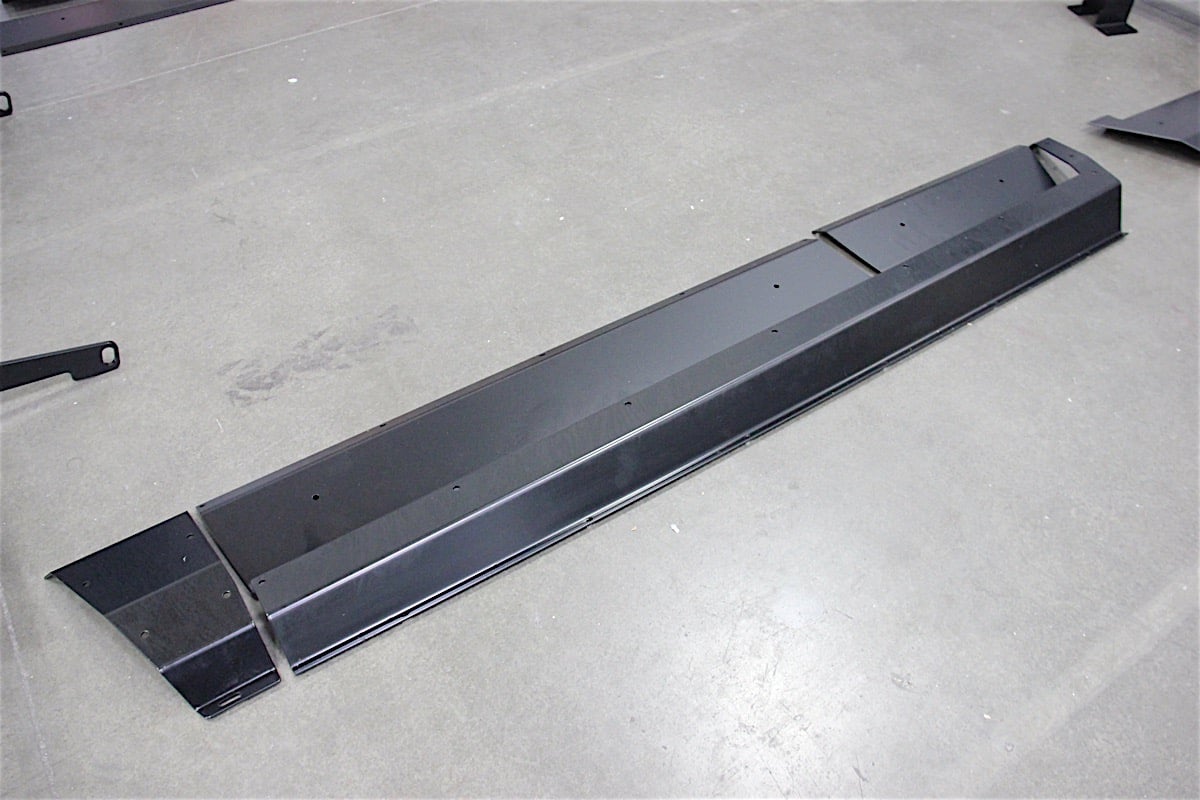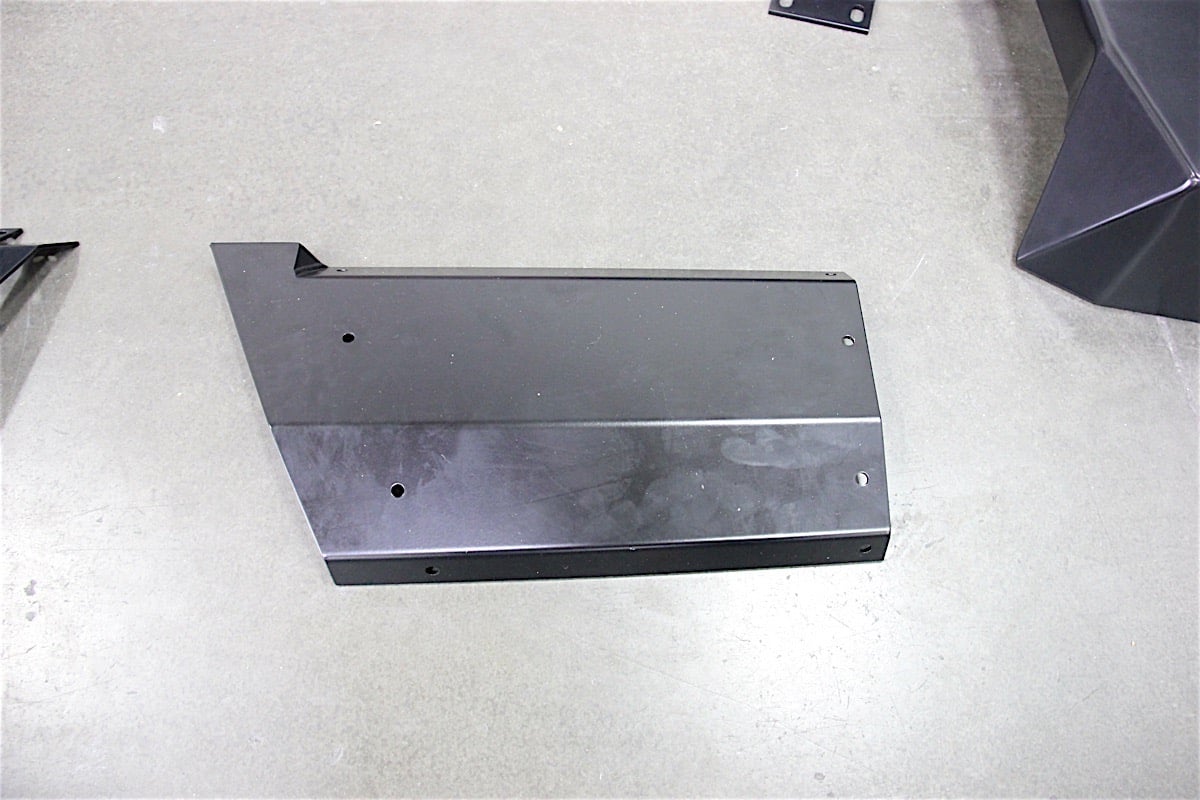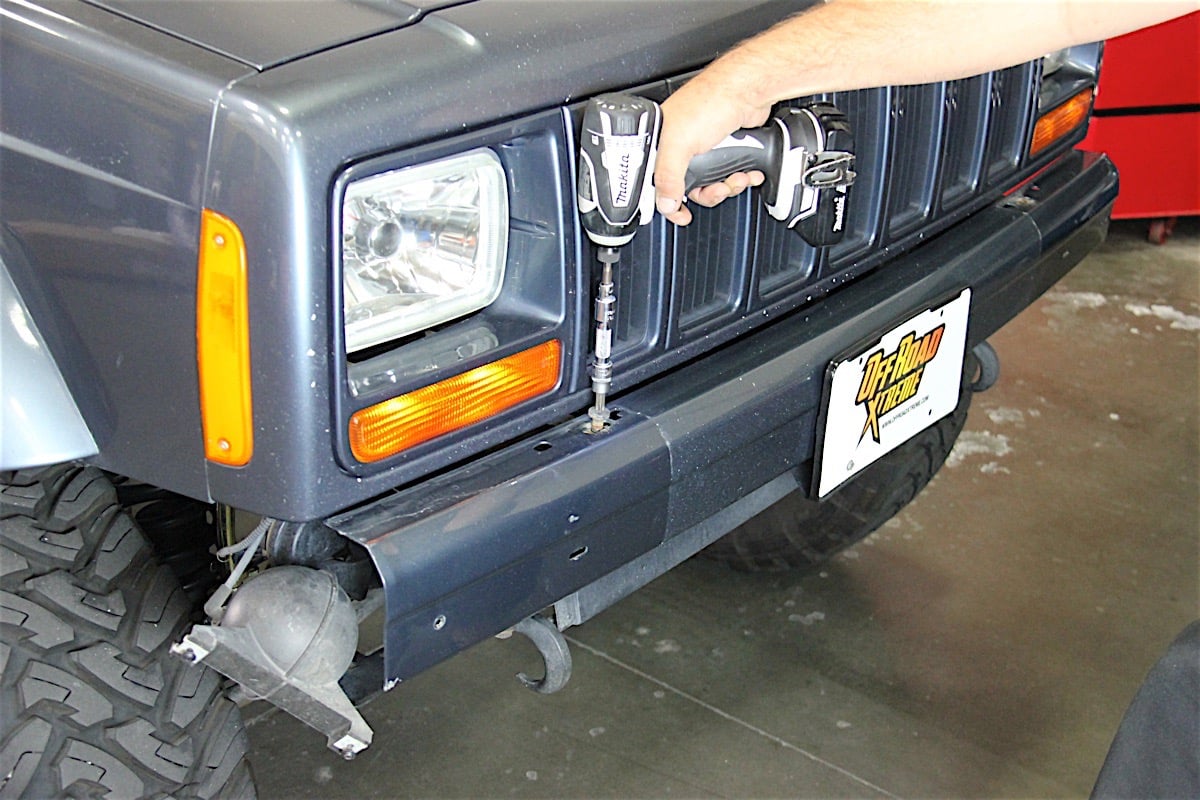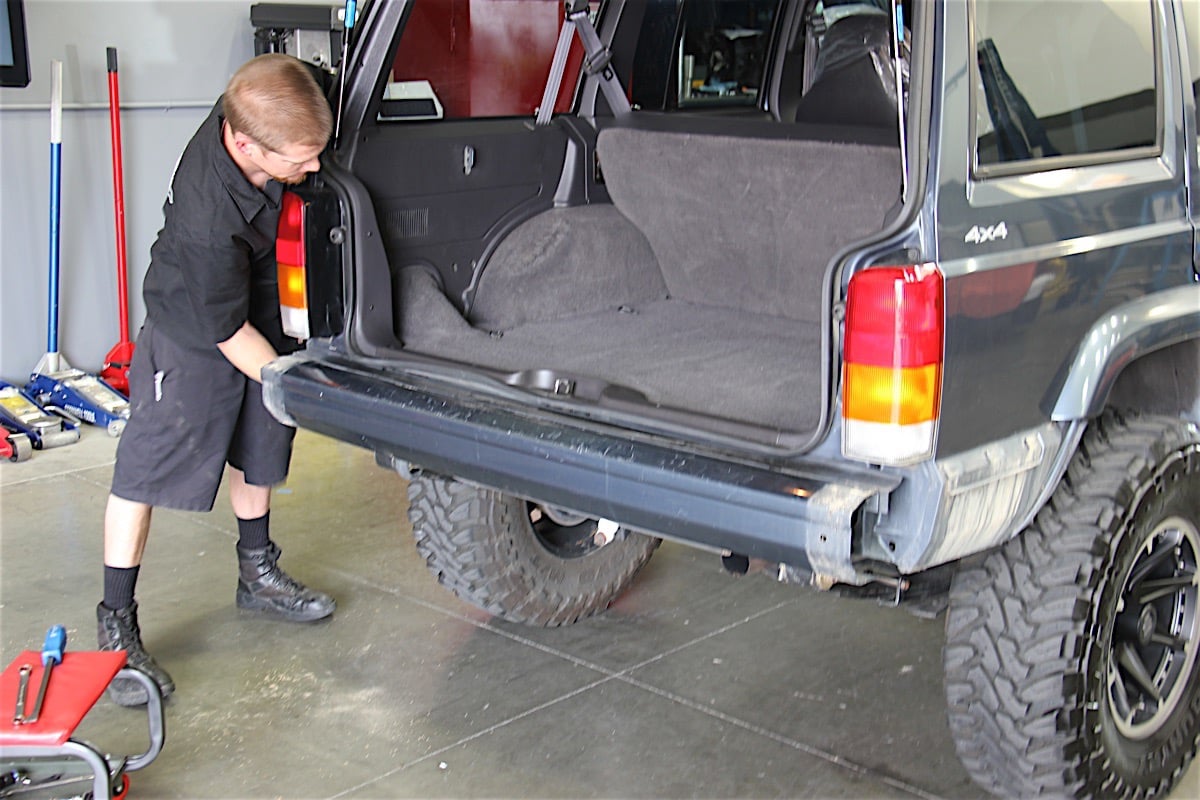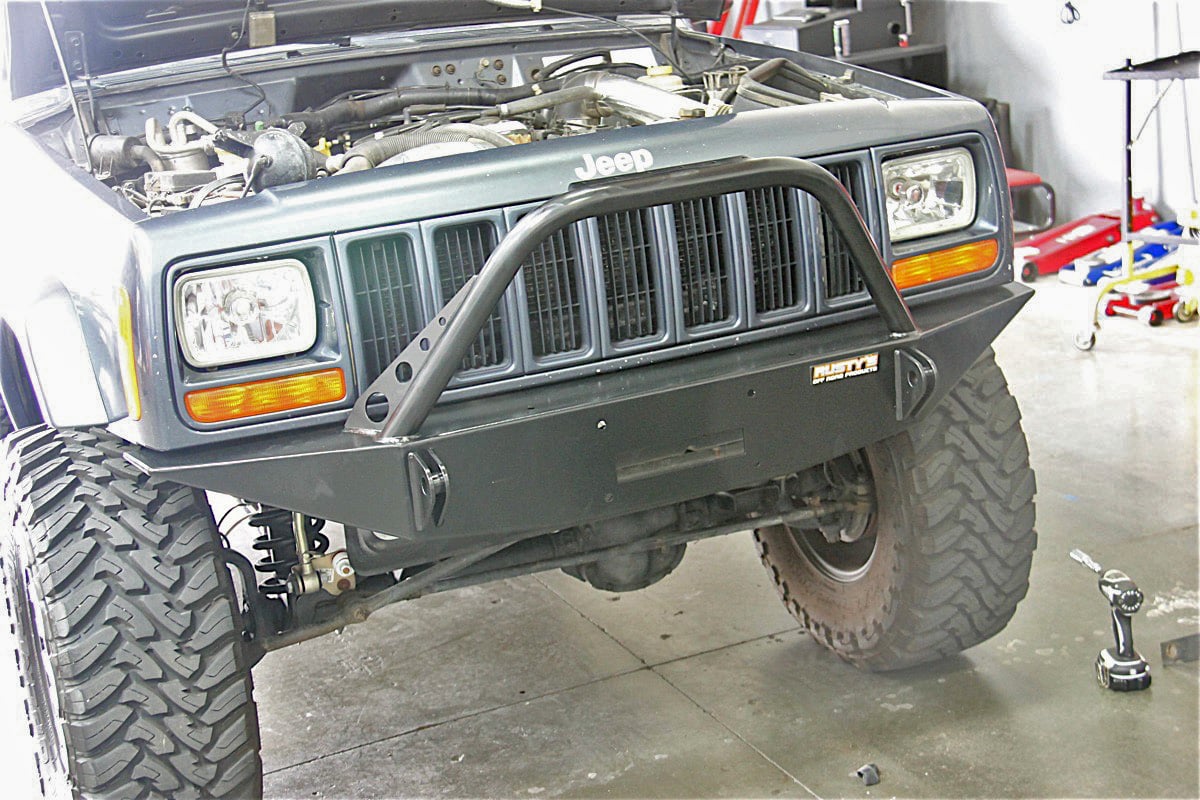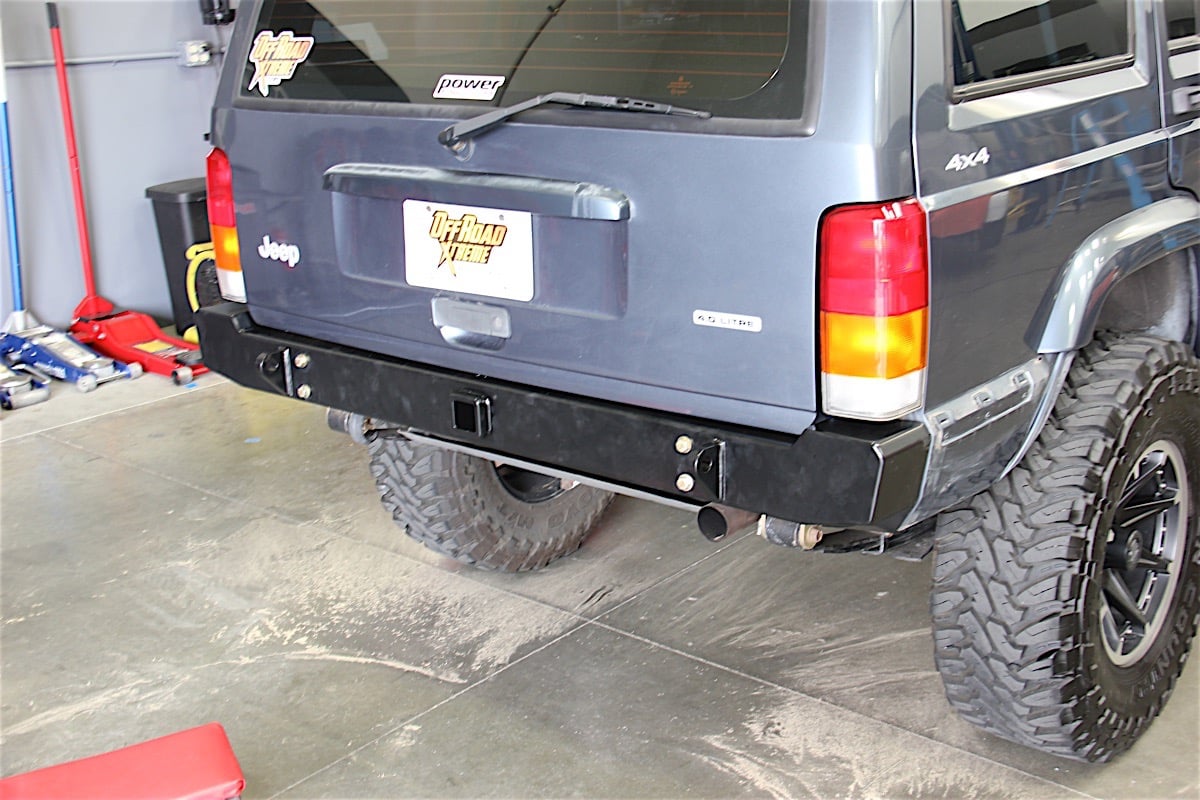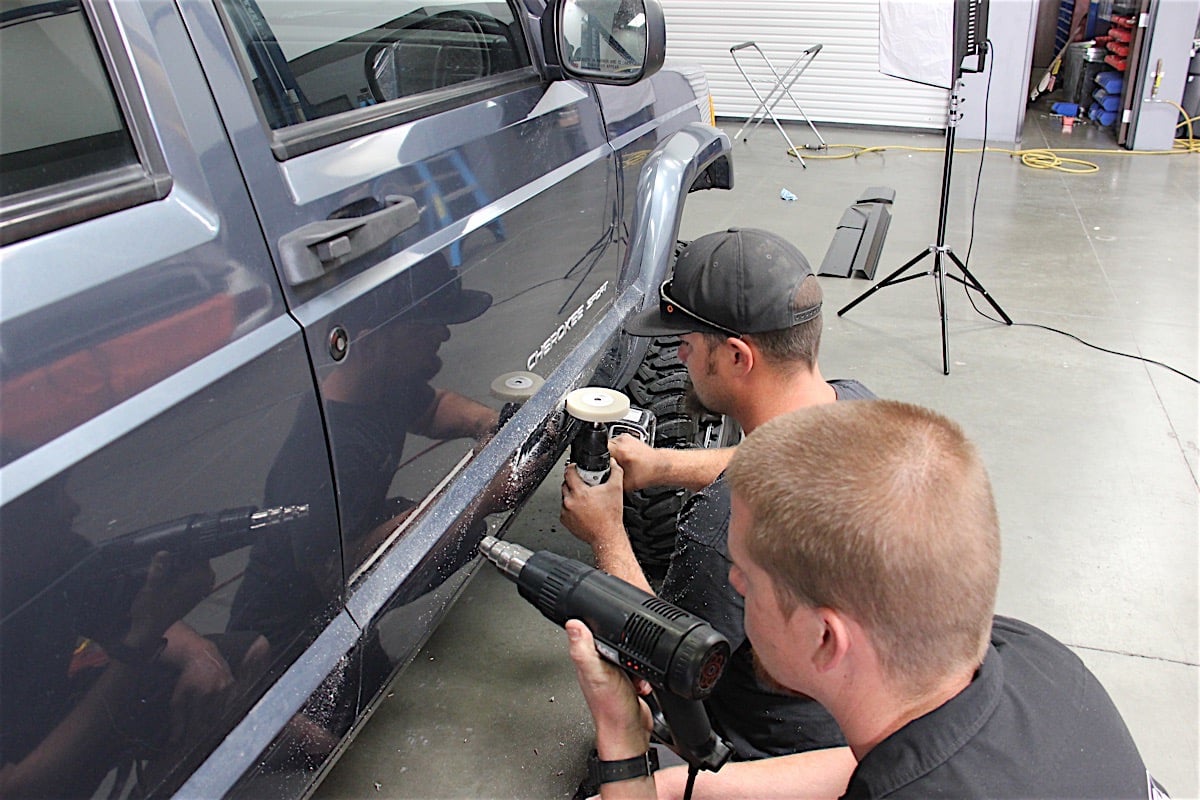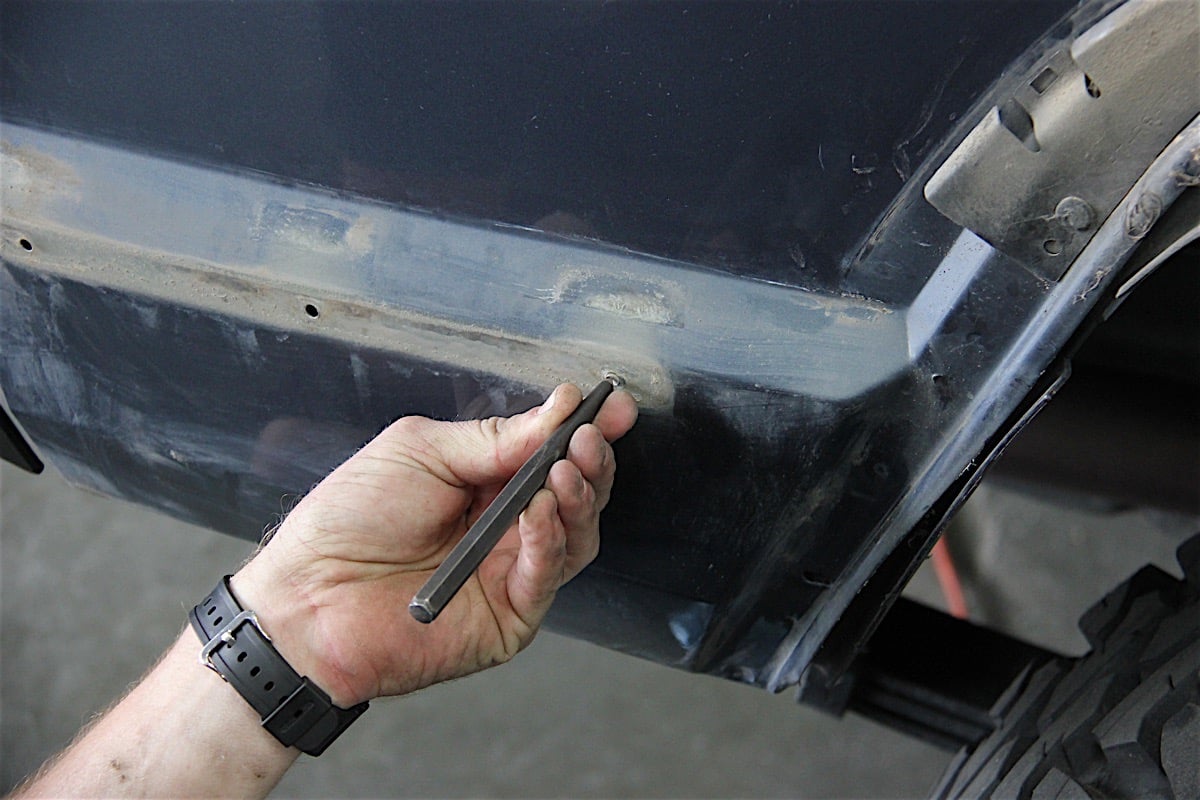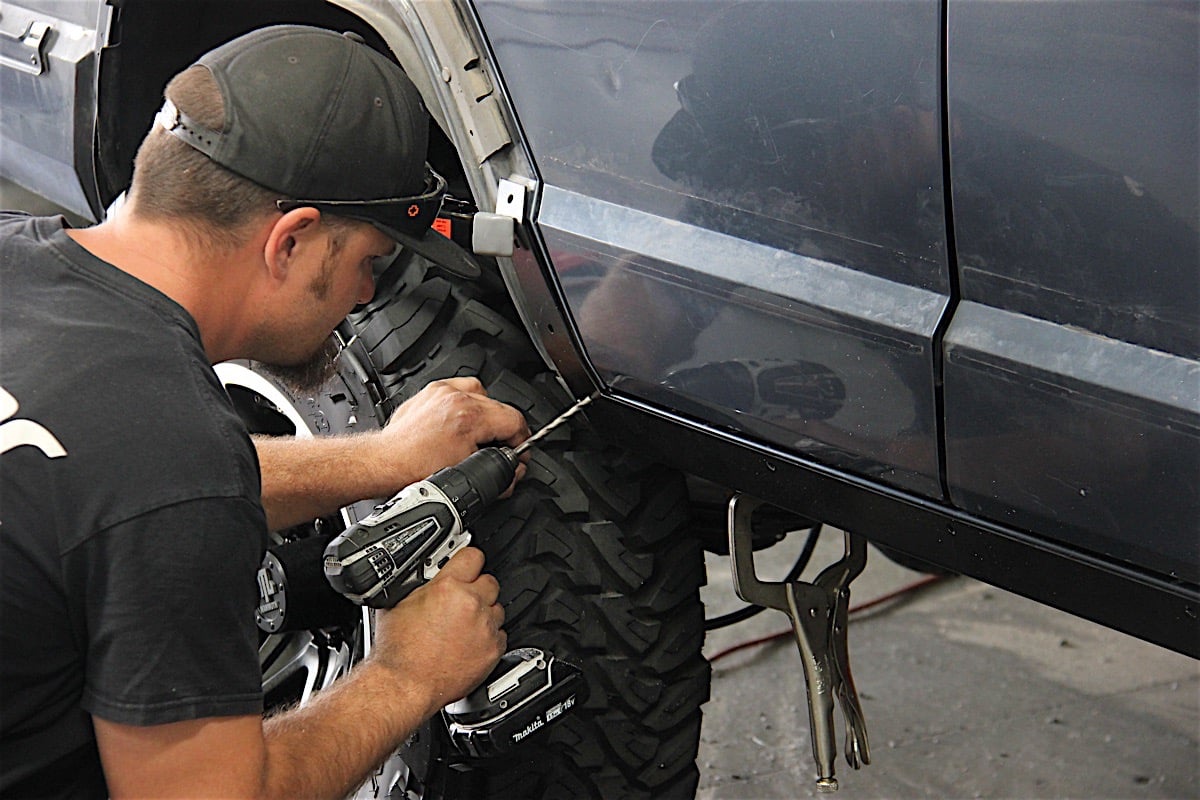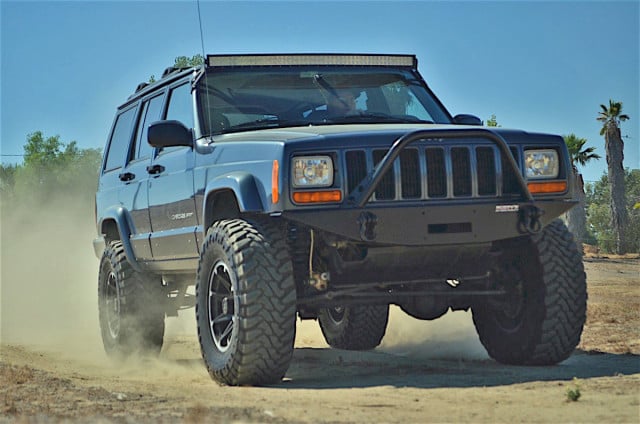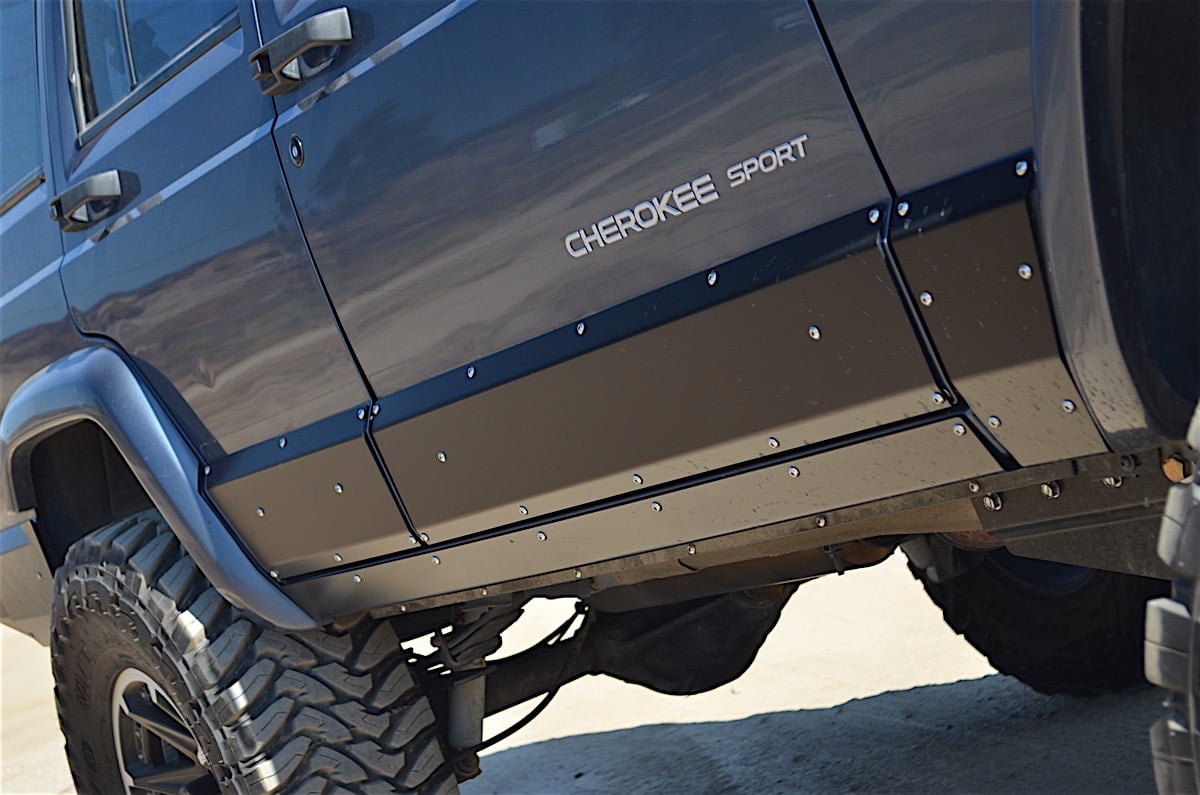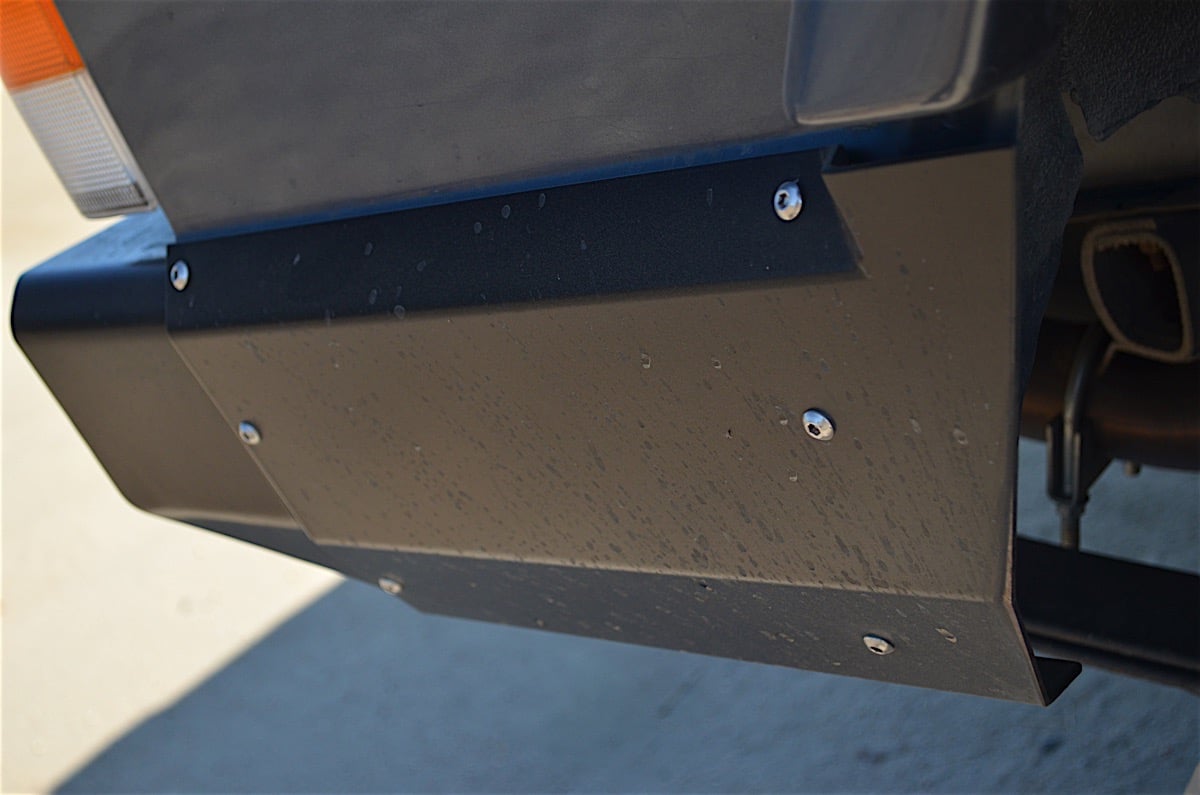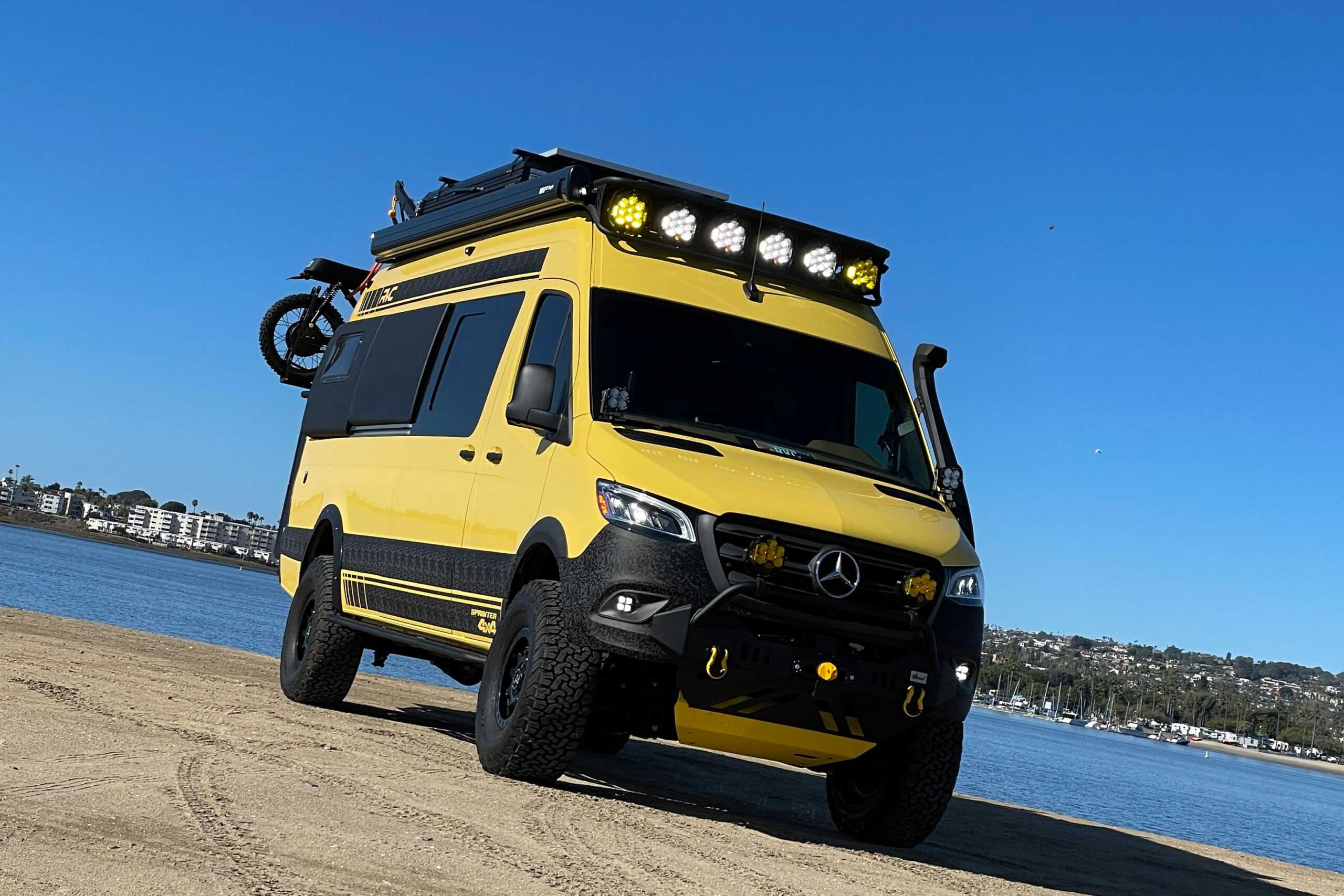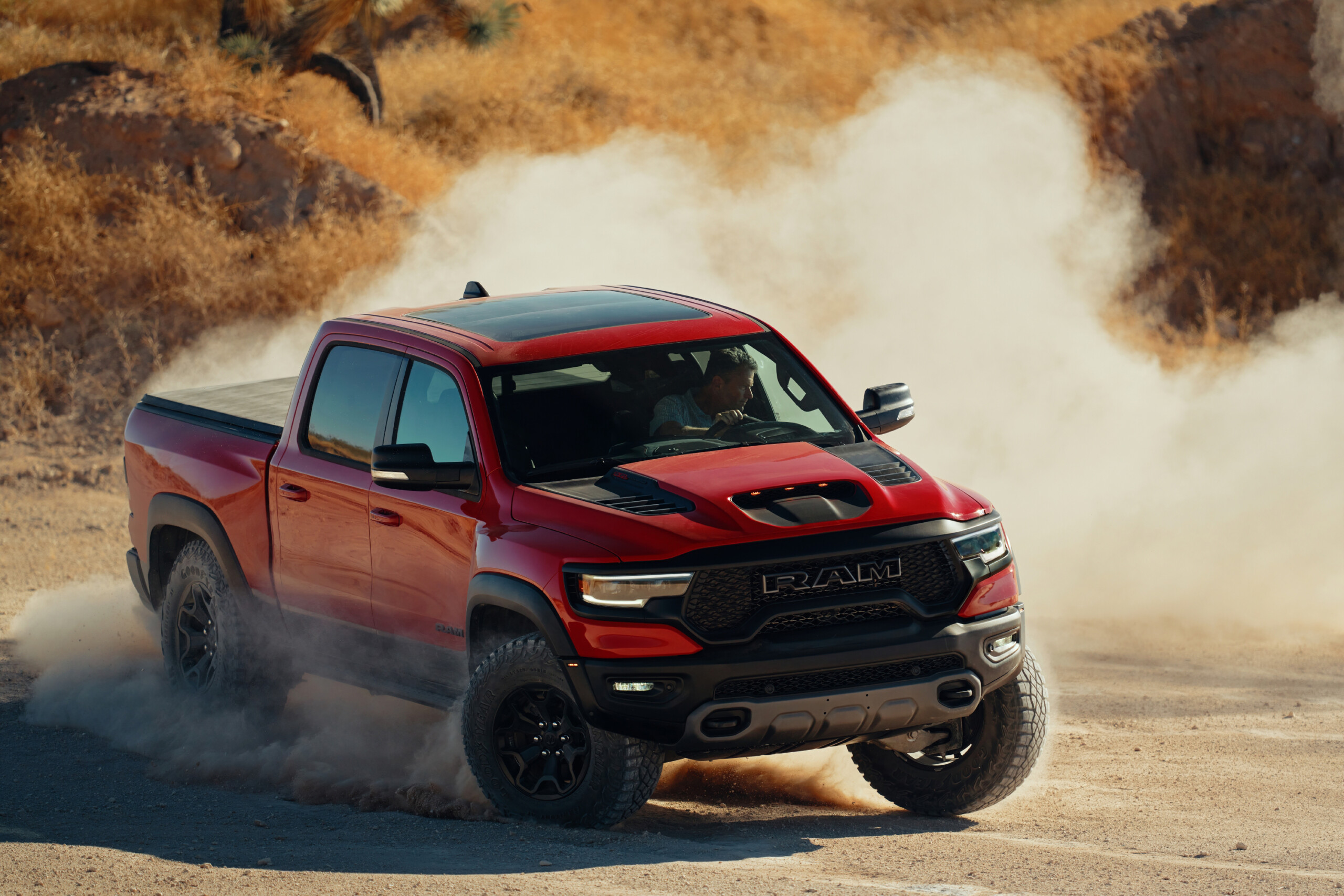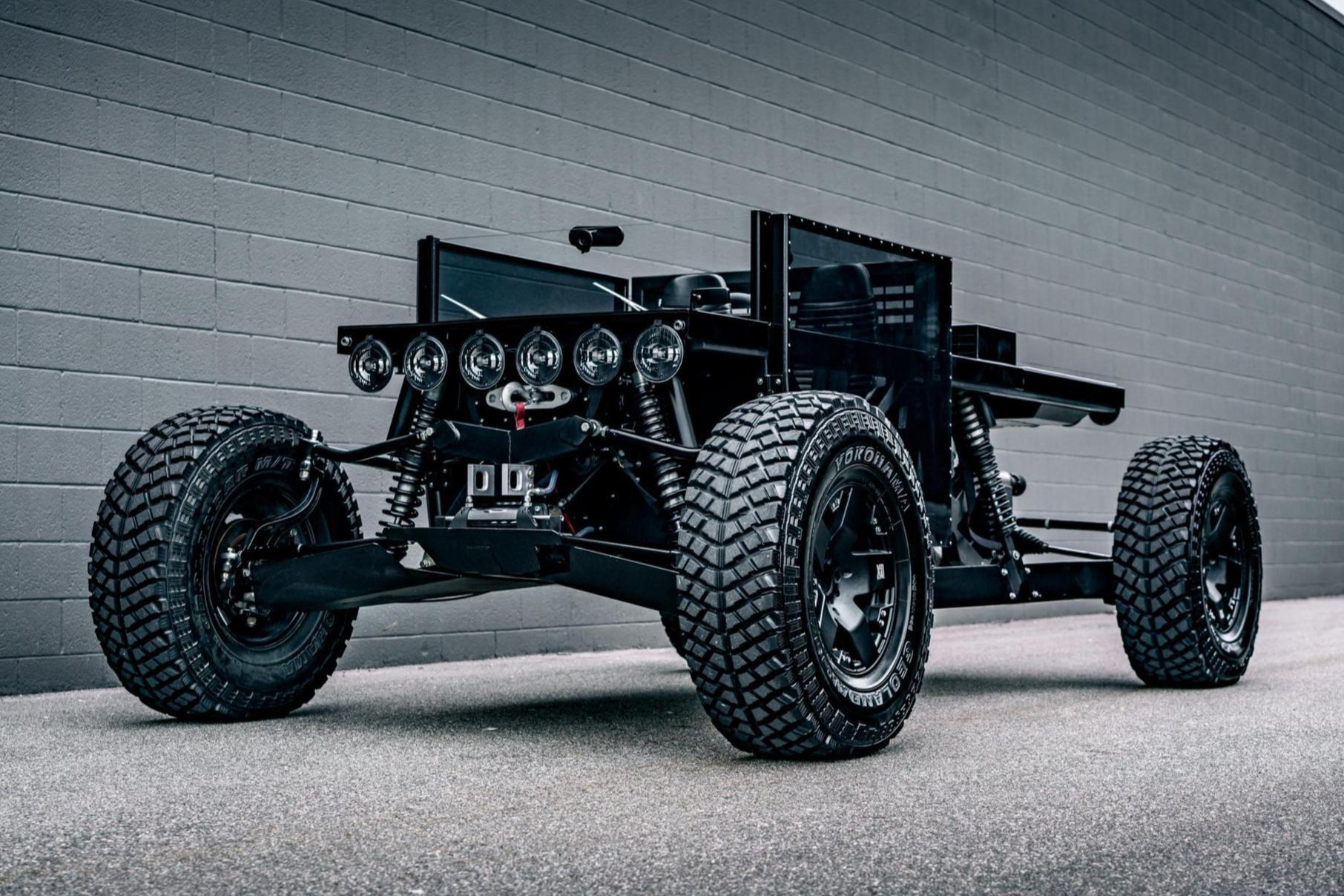An off-road rig can only look as good as the parts that are installed on it, but the exterior aesthetics can take a beating out on the trail. Being in the outdoors is great, but we wanted to make sure that the Jeep would look just as great when it wasn’t in the dirt, as well as add more recovery points in case we got into a spot where we needed assistance.
Project XtremeJ has been hitting the trail more and more ever since we installed the Skyjacker lift kit, Mammoth wheels, and Toyo Open Country M/T tires, but it was time to make sure that we would be protected being in the dirt more. Rusty’s Off-Road makes bolt-on bumpers, fenders, and rock sliders for Jeeps and we turned to them to help outfit our XJ.
The easiest and most common way to do this is ripping off the factory bumpers and upgrading to something that can withstand the beating on the trail. Let’s get into how we were able to outfit our XJ.
Behind The Metal
Anyone who builds an off-road vehicle knows that at one point or another, metal of some sort will be added to the build. Most of the time, that comes in the form of bumpers or rock sliders.
We reached out to Trent McGee and Rusty’s Off-Road to help get Project XtremeJ suited to the trails we would be taking it on. We also had the chance to get the lowdown on where Rusty’s got their start.
Parts List
- Front w/ Pre-Runner Bar / Rear Trail Bumper Package (PN RA-BM35-XJ)
- ’97-’01 XJ Rear Lower Quarter Panel Guards (PN RA-JS97-XJ)
- Rusty’s Rocker Covers for Steel Flares – XJ Cherokee (PN RA-FR555-XJ)
- Rusty’s Steel Door Armor – XJ Cherokee (PN RA-JSFD570-XJ)
“Rusty’s has been a Cherokee specialist for over 30 years,” McGee said. “XJs were our initial ‘niche’ and we’ve been constantly adding and refining our products for baby Cherokees since the start. We offer a complete selection of XJ parts and accessories, from suspension and skid plates to bumpers, steering, and just about anything else an XJ owner might need. Despite the last Cherokee rolling off the line over 15 years ago, Cherokee parts and accessories remain a significant portion of our business.”
The materials used in bumpers are crucial, as it’s the first line of defense against those pesky rocks on the trail. “The front and rear bumpers are a combination of 3/16-inch and 1/4-inch laser-cut mild steel,” McGee explained “The tubing on the prerunner bar is 0.120-wall DOM. The recovery points are 3/4-inch steel. The rocker and door armor is all 1/8-inch laser-cut steel that is CNC formed. To top it all off, all of these products are powdercoated, not painted.”
Bumpers and armor are great, but why do we need them on an off-road build? McGee explained to us the benefits of running aftermarket bumpers: “The bumpers offer excellent front and rear protection, while still maximizing approach and departure angles. They’re engineered and constructed for hardcore off-road use, yet with an eye towards keeping weight reasonable. The front bumper incorporates a winch mount that accepts most low-profile winches, and the design enables the use of a winch without blocking airflow to the grille.”
We went with armor that bolted to the side of the Jeep instead of traditional rock sliders.
This combination of form meets function is a great balance, as it keeps the mount away from the grille without extending the front of the vehicle too much. Vehicles that have a longer front bumper sacrifice their approach angle out on the trail.
“Both the front and rear bumpers also spread the loads across a large section of the unibody in order to avoid any structural damage,” McGee said. “This is an important consideration on a unibody vehicle like the Cherokee.”

The nice part about this kit is the front and rear bumper uses the existing holes to make the install easier.
Most rock crawlers utilize rock sliders to keep the body of the vehicle looking good, but we decided to go a different route with Rusty’s body armor. This armor that gets attached to the body itself keeps the sides of the vehicle open.
Bumpers that help spread the load is an important consideration on a unibody vehicle like the Cherokee. – Trent McGee, Rusty’s Off-Road
“The rocker and lower door guards are great for either covering up existing damage, or from having new damage occur. The idea here is to spread the load of an impact across the sheet metal and therefore resist deformation and dents,” McGee explained. “While they aren’t a substitute for rock sliders, they can take a surprising amount of abuse, as well as cover up previous transgressions. They also don’t hamper entry and egress like a rock slider, and they don’t add an excessive amount of weight to the vehicle.”
McGee did let us know that if an XJ owner really plans on abusing his vehicles, rock sliders are still an excellent choice in addition to door and rocker armor.
A Vehicle Makeover
The great thing about the install is it does not require any fancy tools. This is an install that can be done in the driveway with some friends in a day – as long as the pizza and beer are supplied.
We cleared a place in the shop for the XJ and brought it in to start tearing into it. Since Rusty’s bumpers do not require any fabrication, if you can remove the factory units, installing these will not be an issue.
The first thing we had to do was get the factory bumpers off the XJ.
We started with the easier part of the installation by removing the front and rear bumpers. We made sure to keep all the bolts close by in case we needed to reuse any. Depending on how the vehicle was cared for, you may run into rust, but that was something that did not plague this install.
The front and rear bumpers both have oval holes to allow for bolt adjustment. The rear bumper did utilize a couple extra brackets to help secure the bumper to the unibody, since it did have a rear hitch mount.
Removing the stock bumpers and installing the Rusty's set was as straightforward as you can get.
To get us ready to install the body armor, we had to remove the factory trim pieces. The door molds left behind a sticky mess that needed to be taken off with a stripe off wheel. Once we had everything clean off the doors, we were able to get the armor to lay flush and began to mark the holes.
To make sure the armor lined up, we centerpunched every hole location. After the lower armor was tightened down, we were able to secure the lower part along the pinch molding. With all the holes drilled, the installation of the supplied nutserts went in. The nutserts allow a button head bolt to be threaded in.
We had to remove the factory trim (left) to make sure the body armor would fit. We then had to centerpunch (center) each hole on the armor, before we started to drill holes (right) for the supplied nutserts.
The nutserts allow a button head bolt to be threaded in. This makes removing them relatively easy, compared to having to deal with grinding rivets down to pop off the panels. With everything installed and everything torqued down to its required specification, it was time to hit the dirt and see what the Jeep looked like outside the shop.
Putting Our XJ To Work
We have taken our XJ out to a lot of the local trails here in Southern California, but getting close to the rocks has been something we have shied away from until now. We recently took XtremeJ out to Big Bear and put our armor and bumpers to the test.
An upgrade like this is a huge stepping stone for a vehicle’s look. Owner Kevin McIntosh is enjoying every bit of the install. “The bumpers and armor are a huge upgrade,” he said. “The front bumper gives you the tire clearance needed without sacrificing looks, and you can still use the stock fenders.”
The body armor will protect the Jeep against rocks when we may have to get into a tight space out on the trail.
“The rear bumper is almost flush with the rear hatch, which means less over hang and less chance for dragging your bumper along rocks while climbing,” McIntosh continued. “When matched with the body armor, the XJ took on a very rugged, ‘bulletproof’ look. It’s a major upgrade from the stock plastic trim pieces that used to be on the doors and bumpers.”
For more updates on Project XtremeJ be sure to keep checking back, and be sure to check out Rusty’s Off-Road for information on all its products.







